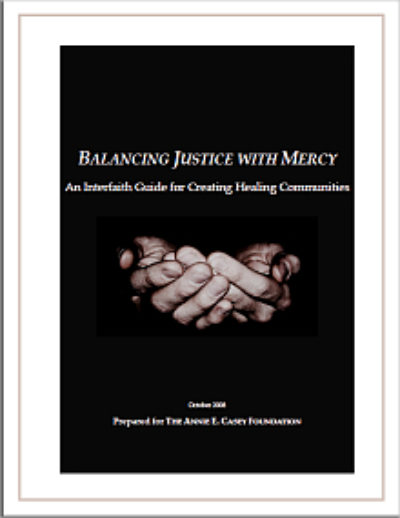The Role of Faith
Faith can play a miraculous role in creating healing – extending beyond the bounds of imagination.

This detailed practice guide illuminates the Healing Communities model, which seeks to engage church members in restoration and healing of people in their own congregations affected by crime and incarceration. As presented in this guide, faith communities can offer a place of non-judgment, acceptance, love, caring, forgiveness, reconciliation, redemption and restoration. Detailed stories, background information, resources and practical suggestions are included that show how this model can transform hearts, create a sense of inclusion, reduce the stigma and shame associated with incarceration and criminal records, and build networks of support that start in houses of worship and expand to the community at large.
Faith communities are familiar with prison ministries, and more recently with the phenomenon of prisoner reentry, which reflects the simple fact that most inmates do return to society. A Healing Community strives to restore relationships between returning citizens and their families, communities, the larger society and, where possible, the victims of their criminal behavior.
We hope you'll find value in this report. We’d love to get a little information from you, which we'll use to notify you about relevant new resources.